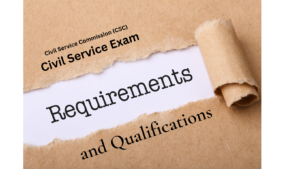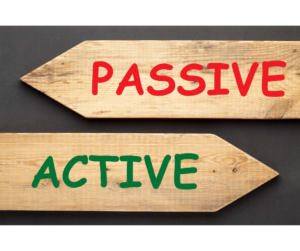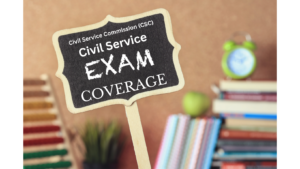Effective Strategies for Better Understanding and Retention
Unlock the key to improved reading comprehension with practical strategies designed to enhance understanding and retention. Boost your reading skills and gain knowledge with ease.
Developing a Strong Vocabulary
A rich vocabulary is essential for reading comprehension. Here are three ways to expand your word bank:
- Read widely: Explore diverse genres and topics to encounter new words and phrases.
- Use flashcards: Create flashcards with definitions, synonyms, and antonyms to solidify your understanding.
- Practice word roots: Familiarize yourself with common word roots, prefixes, and suffixes to decode unfamiliar terms.
Active Reading Techniques
Active reading involves engaging with the text to improve comprehension. Try these three techniques:
- Preview the text: Skim headings, subheadings, and illustrations to set expectations and build context.
- Ask questions: Develop a curiosity mindset by asking questions about the content as you read.
- Take notes: Summarize key points, main ideas, and supporting details to reinforce understanding.
Enhancing Focus and Concentration
Maintaining focus while reading is crucial for comprehension. Improve your concentration with these strategies:
- Eliminate distractions: Create a quiet, comfortable reading space free from interruptions.
- Set a purpose: Determine your reading goal to stay motivated and engaged.
- Take breaks: Schedule short breaks to prevent mental fatigue and maintain focus.
Building Reading Fluency
Fluent reading enables better comprehension. Boost your reading fluency through:
- Regular practice: Read consistently to develop speed, accuracy, and expression.
- Read aloud: Enhance your fluency by reading aloud and focusing on pronunciation and intonation.
- Partner reading: Share reading with a partner to receive feedback and build confidence.
Employing Visualization Techniques
Visualization can improve comprehension by creating mental images of the text. Practice these techniques:
- Picture the scene: Imagine the setting, characters, and events described in the text.
- Use sensory details: Engage your senses to make the imagery more vivid and memorable.
- Create mind maps: Organize information visually to better understand relationships and connections.
Implementing Metacognitive Strategies
Metacognitive strategies involve thinking about your thought process while reading. Employ these methods:
- Monitor comprehension: Regularly assess your understanding and identify areas of confusion.
- Make predictions: Anticipate what will happen next to stay engaged with the text.
- Adjust reading pace: Slow down for complex sections and speed up for familiar content.
By employing these effective strategies, you can significantly improve your reading comprehension skills. Gain a deeper understanding and retain more information as you read. For more tips and resources on reading comprehension and other educational topics, follow and like us on Facebook



